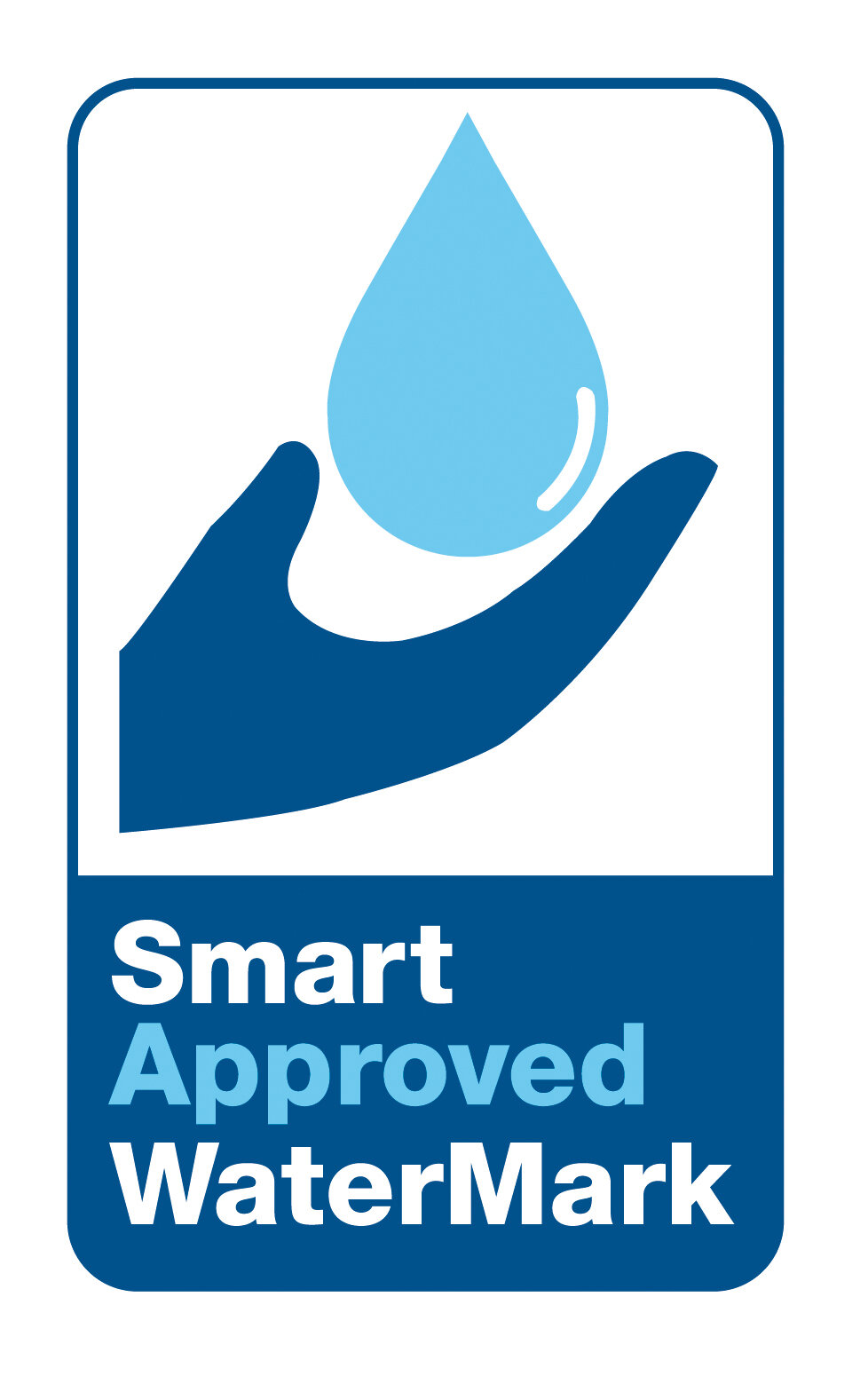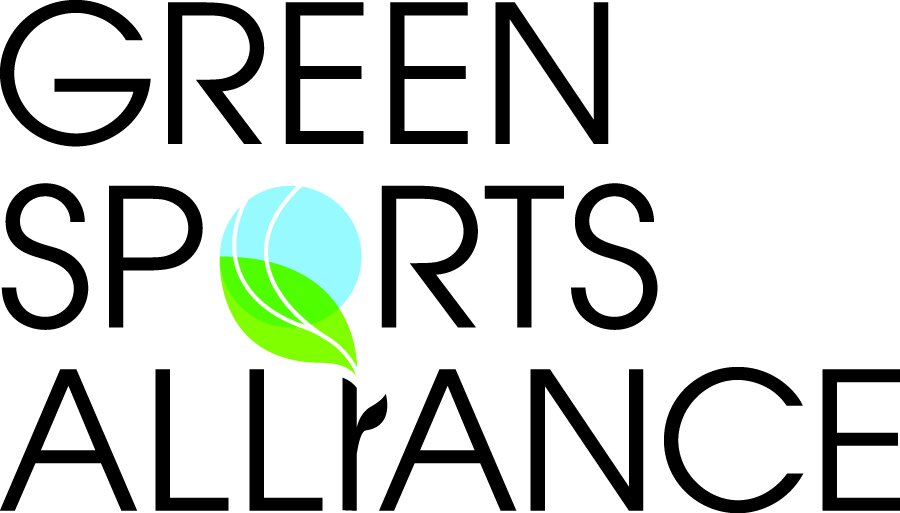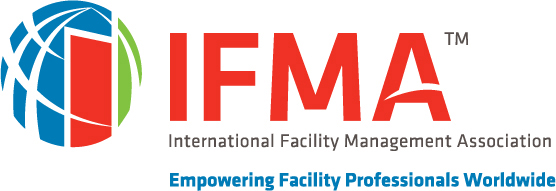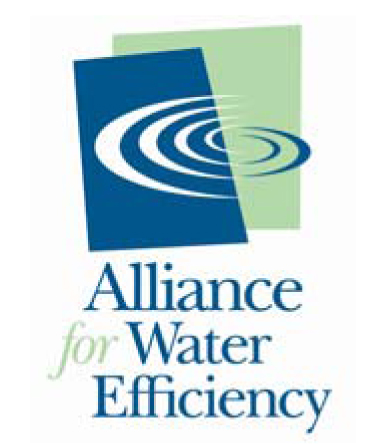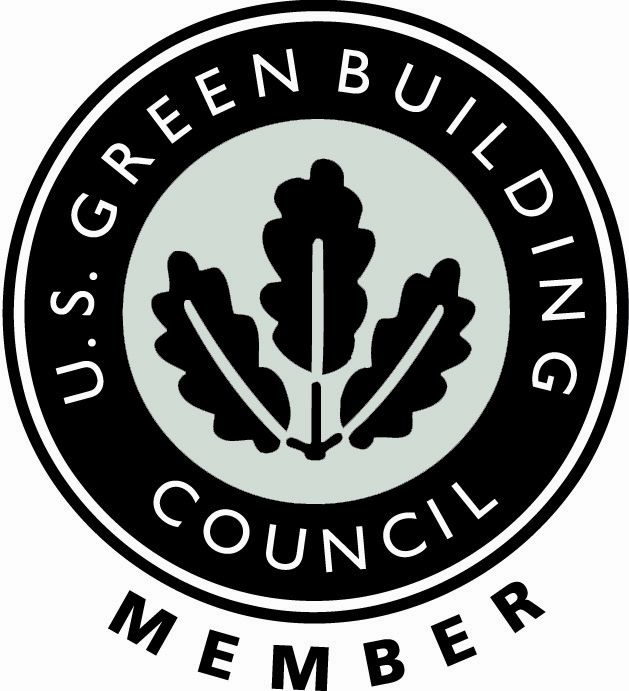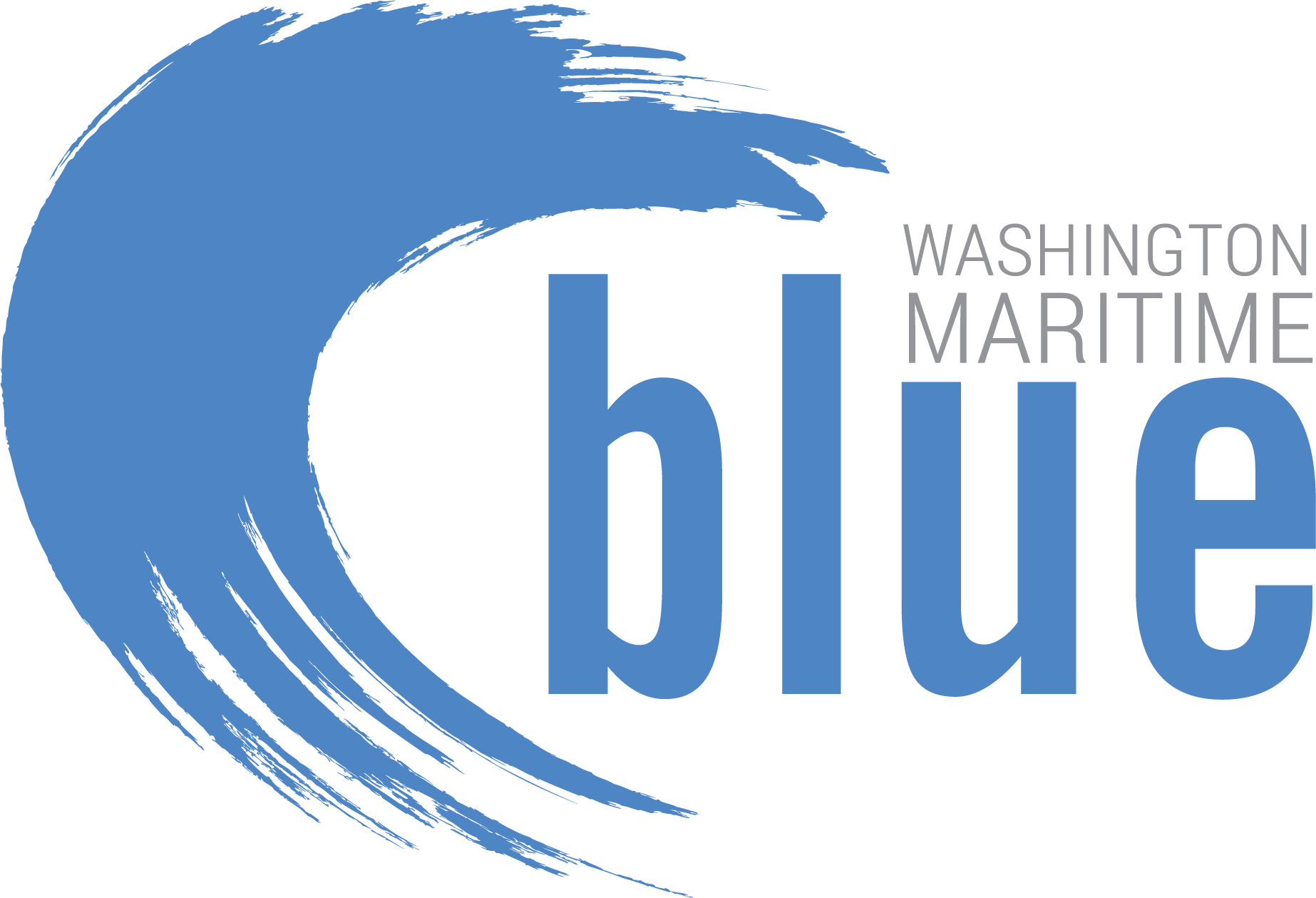Taking steps to reduce water consumption onboard vessels and at terminals is pivotal because it can result in many benefits.
Grading States on Water Efficiency and Water Resiliency
Showering, flushing account for almost half of water used in homes
SINGAPORE: Showering and flushing make up nearly half of the water used in homes, national water agency PUB said on Thursday (Mar 1).
In a study done with 400 households in 2016 and 2017, PUB found that showering remained the largest guzzler of water in homes at 27 per cent. This was followed by flushing at 18 per cent, kitchen use at 16 per cent and laundry at 15 per cent.
The numbers are similar to its findings in a 2004 study, where showering accounted for 29 per cent of water usage in homes, while flushing made up 16 per cent.
In addition to water usage, the latest study also included information on water-efficient fittings in households.
States Not Prepared for Climate Change Impacts on Water Supplies
The Alliance for Water Efficiency (AWE) and the Environmental Law Institute (ELI) released their 2017 Water Efficiency and Conservation State Scorecard this week, and the results around climate resiliency planning were eye-opening.
Most US states have a long way to go to shore up their legal frameworks and improve requirements contributing to water conservation, efficiency, and long-term resiliency, according to the AWE and ELI. The two nonprofits released the first scorecard in 2012. This five-year update gives two grades to each state: one for climate resiliency planning and another for efficiency and conservation.
The national average for both grades was C, although state scores had a significant range, the organizations said.
For climate resiliency, points were awarded to plans and laws if their effect was to mitigate the impact of conditions associated with climate change, the report explained.
To read more on this article by Alyssa Danigelis, on Environmental Leader website click here!
Bangalore to become waterless soon
By Hansi Sandeepika
Bangalore, the hub of technology in India is facing new a crisis. Unfortunately, this high tech city is running out of the water.
The population of Bangalore has doubled during the last 15 years making the population exceed 10 million by now. During the last decade, the youth was heavily attracted to the city in search of employment opportunities.
According to people, unplanned urbanization and unpredictable rain pattern have caused the crisis.
Bangalore development minister K.J George recently admitted that the availability of water per person on a certain day will be 88 litres by the year 2031. Adding to that he said by then the population of the area would reach up to 20 million.
To read more from this article posted on News 1st, We Report, You Decide, Click here.








